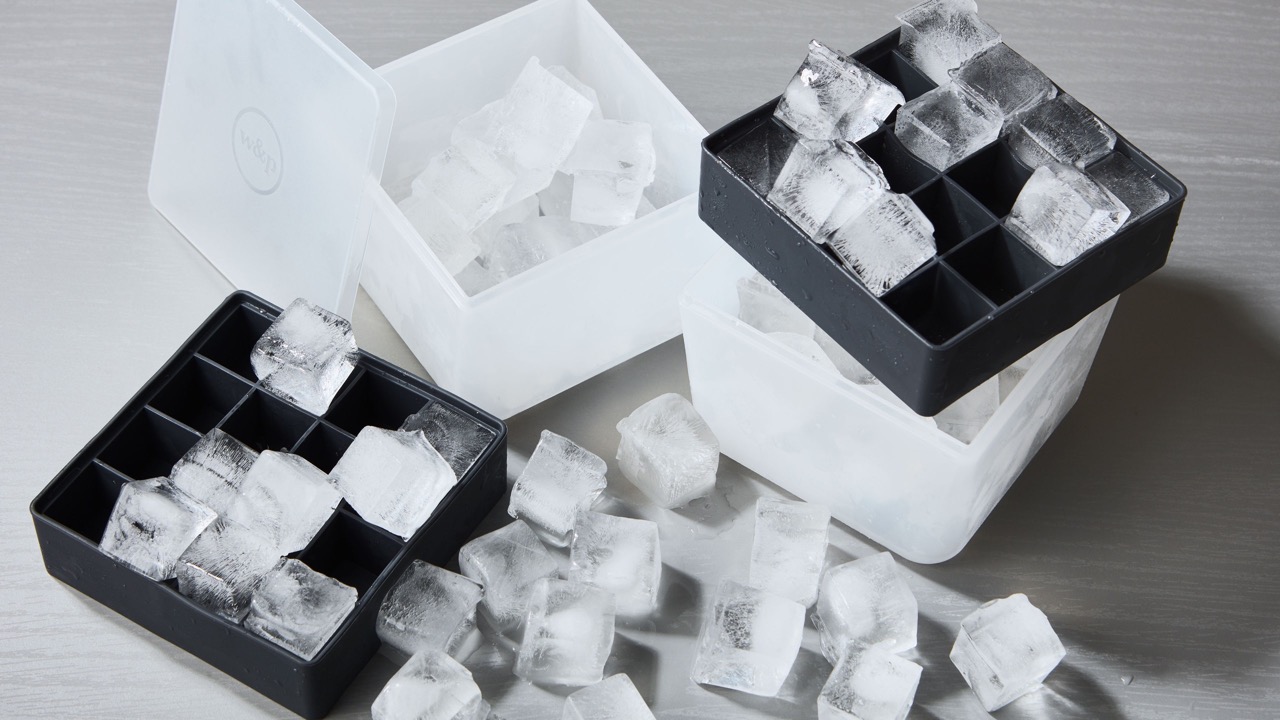

Articles
How To Store Ice
Modified: January 20, 2024
Discover helpful articles on how to store ice properly and keep it fresh for longer. Learn the best techniques and tips for ice storage to avoid melting and maintain its quality.
(Many of the links in this article redirect to a specific reviewed product. Your purchase of these products through affiliate links helps to generate commission for Storables.com, at no extra cost. Learn more)
Introduction
Ice is a crucial element in our everyday lives, from keeping beverages chilled to preserving perishable goods. Whether you’re hosting a summer barbecue or managing a restaurant, proper ice storage is essential to maintain its quality and ensure its usability. The way ice is stored can directly impact its taste, appearance, and longevity.
In this article, we will delve into the importance of proper ice storage and provide you with valuable tips on how to store ice effectively. We will explore the different types of ice storage containers, discuss the recommended storage conditions, address common mistakes to avoid, and offer answers to frequently asked questions.
By following the best practices outlined in this article, you can increase the shelf life of your ice, maintain its cleanliness, and ultimately provide the best experience for you and your guests.
Key Takeaways:
- Proper ice storage is crucial for maintaining quality, safety, and usability. Choosing the right container, preparing ice correctly, and following recommended storage conditions are key to ensuring clean, fresh ice for any occasion.
- By avoiding common mistakes and implementing valuable tips, you can maximize the shelf life of ice. From keeping the freezer door closed to using insulated bags for transportation, proper ice storage practices can enhance the overall experience of using ice.
Read more: How To Store Icing
Importance of Proper Ice Storage
Proper ice storage is of utmost importance for several reasons. Whether you’re in the foodservice industry or simply using ice at home, understanding the significance of proper storage can help maintain the quality and safety of the ice, as well as ensure its usability. Here are a few key reasons why proper ice storage is crucial:
- Preserving Quality: Proper storage helps maintain the quality of the ice by preventing it from melting or becoming contaminated. When ice melts and then refreezes, it can develop irregular shapes and a cloudy appearance, affecting its texture and taste. Additionally, if ice comes into contact with substances in the storage container or the surrounding environment, it can absorb odors and flavors, compromising its quality.
- Prolonging Shelf Life: By storing ice properly, you can prolong its shelf life. This is particularly important in commercial settings where large quantities of ice are used, such as restaurants, bars, and hotels. Ensuring that ice is stored in optimal conditions can help reduce waste and save costs in the long run.
- Maintaining Cleanliness: Proper ice storage is essential for maintaining the cleanliness and hygiene of the ice. Contaminated ice can lead to foodborne illnesses, putting the health and safety of consumers at risk. Following proper storage practices minimizes the chances of bacterial growth and cross-contamination.
- Enhancing Aesthetics: When ice is stored improperly, it can develop freezer burn, which results in a dull and unattractive appearance. This can be a concern, especially in settings where ice is being served directly to customers, such as in cocktails or presentations. Proper storage helps preserve the visual appeal of the ice, ensuring it looks fresh and inviting.
- Improving Taste and Performance: The quality of the ice directly impacts the taste and performance of beverages or foods it is used in. Properly stored ice has a cleaner taste and melts at a consistent rate, enhancing the overall experience for consumers.
Given these reasons, it is evident that proper ice storage is crucial for maintaining the quality, safety, and usability of ice. Next, let’s explore how to choose the right storage container for your ice and prepare it for storage.
Choosing the Right Storage Container
Choosing the right storage container is an important factor in maintaining the quality and cleanliness of your ice. Here are some considerations to keep in mind:
- Material: Look for containers made of food-grade materials such as stainless steel or high-density polyethylene (HDPE). These materials are durable, resistant to bacteria, and easy to clean.
- Size: Consider the storage capacity you require based on your needs. Smaller containers are ideal for home use, while larger bins or ice machines may be suitable for commercial establishments.
- Lid: Opt for a container with a tight-fitting lid to prevent moisture and contaminants from entering. This will help maintain the quality and cleanliness of the ice.
- Insulation: If you frequently need to transport ice or store it for extended periods, consider an insulated container. These containers help slow down the melting process and keep the ice colder for longer.
- Accessibility: If you need to access the ice frequently, choose a container with a hinged lid or a flip-top design for easy and convenient access.
- Stackability: If you have limited storage space, look for containers that are stackable. This allows you to maximize the use of vertical space and keep your storage area organized.
When selecting a storage container, it’s also important to consider any specific requirements or regulations related to your industry. Some businesses may need to comply with health department guidelines or specific safety standards.
By choosing the right storage container, you can ensure that your ice stays clean, fresh, and readily available whenever you need it. Next, let’s explore the steps to prepare the ice for storage.
Preparing the Ice for Storage
Before storing ice, it’s essential to prepare it properly to maintain its quality and prevent any contamination. Here are some steps to follow when preparing ice for storage:
- Start with clean hands and utensils: Before handling ice, make sure your hands and any utensils you’ll be using are clean. This helps minimize the risk of introducing bacteria or dirt into the ice.
- Use filtered water: When making ice, using filtered water can improve its taste and clarity. Filtered water removes impurities and chlorine, resulting in cleaner and better-tasting ice.
- Freeze the ice in clean trays or molds: Ensure that the ice trays or molds you use are clean and free from any contaminants. If using reusable trays, wash them thoroughly before filling them with water. For molds, follow the manufacturer’s instructions for cleaning and sanitizing.
- Avoid overfilling the trays or molds: Leave some room for expansion as the water freezes to prevent the trays or molds from cracking. Overfilling can also result in irregularly shaped ice cubes.
- Remove ice cubes from trays or molds: Once the ice cubes are fully frozen, remove them from the trays or molds and transfer them to your chosen storage container. Avoid directly touching the ice cubes with your hands to maintain cleanliness.
- Inspect for any debris or impurities: Before storing the ice, visually inspect it for any debris or impurities. Remove any stray ice crystals, particles, or foreign objects that may have come into contact with the ice.
- Seal the storage container: Ensure that the storage container is tightly sealed to prevent environmental contamination and minimize air exposure.
By following these steps, you can ensure that the ice you store is clean, fresh, and ready to use whenever needed. Next, let’s explore the recommended storage conditions for maintaining ice quality and longevity.
Recommended Storage Conditions
To maintain the quality and longevity of stored ice, it is important to store it under optimal conditions. Here are some recommended storage conditions to follow:
- Temperature: The ideal storage temperature for ice is below 0 degrees Celsius (32 degrees Fahrenheit). This helps keep the ice frozen and prevents it from melting or losing its shape. It is recommended to store ice in a freezer or an ice machine specifically designed for ice storage.
- Separation from other food items: To prevent cross-contamination, it is best to store ice separately from other food items, especially raw meats or prepared foods. This helps maintain the cleanliness and safety of the ice.
- Minimal air exposure: Exposure to air can cause ice to melt faster and result in ice cubes sticking together. Ensure that the storage container is tightly sealed to minimize air exposure and prevent the formation of ice clumps.
- Regular cleaning of storage container: Regularly clean and sanitize the storage container to prevent the buildup of bacteria or contaminants. Follow the manufacturer’s instructions for cleaning the container, and ensure it is completely dry before using it again.
- Rotation: If you frequently use ice, utilize a first-in, first-out (FIFO) system to ensure that older ice is used before newer ice. This helps maintain freshness and prevents ice from being stored for extended periods.
- Regular maintenance: If you are using an ice machine for storage, it is important to follow the manufacturer’s recommended maintenance schedule. This may include cleaning the machine’s components, replacing filters, or removing any accumulated ice buildup.
By adhering to these recommended storage conditions, you can prolong the shelf life of your ice, maintain its quality, and ensure its safety for consumption. However, it’s important to note that ice will eventually melt if stored for long periods, so it is best to use it within a reasonable timeframe.
Next, let’s explore some valuable tips for maximizing the shelf life of ice and avoiding common mistakes.
Read more: How To Store Nugget Ice
Tips for Maximizing Ice Shelf Life
To maximize the shelf life of ice and ensure its longevity, here are some valuable tips to follow:
- Keep the freezer door closed: To maintain a consistent temperature in the freezer and prevent ice from melting, avoid opening the freezer door frequently. This helps preserve the ice and prevents unnecessary temperature fluctuations.
- Store ice in individual portions: If you often need small amounts of ice at a time, consider storing it in individual portions. This allows you to conveniently take out only what you need, minimizing the exposure and potential contamination of the remaining ice.
- Do not reuse melted ice: Once ice has melted, it is important not to refreeze it. The melting process can introduce bacteria and contaminants into the water, compromising the quality and safety of the ice. It is best to discard any melted ice and make fresh ice as needed.
- Avoid storing ice in open containers: Open containers expose ice to air, which can lead to faster melting and potential contamination. Always store ice in airtight containers to maintain its quality and prevent absorption of odors or flavors from the surroundings.
- Regularly clean the storage area: Clean and sanitize the storage area where ice is kept, including the freezer or ice machine. Regular cleaning helps prevent the buildup of bacteria, mold, and other contaminants that can affect the quality of the ice.
- Monitor storage temperature: Use a thermometer to regularly check the temperature of the freezer or ice storage area. Ensure that it remains below 0 degrees Celsius (32 degrees Fahrenheit) to maintain the ice in a frozen state.
- Avoid overcrowding the storage container: While it may be tempting to fill the storage container to their maximum capacity, overcrowding can prevent proper airflow and lead to uneven freezing or melting. Leave enough space for the ice cubes to expand during the freezing process.
- Use insulated bags or coolers for transportation: If you need to transport ice, especially in warmer environments, consider using insulated bags or coolers. These will help maintain the temperature and slow down the melting process.
By incorporating these tips into your ice storage practices, you can maximize the shelf life of your ice, minimize waste, and ensure that it remains fresh and usable for longer periods.
Now, let’s move on to discussing some common mistakes to avoid when it comes to ice storage.
Common Mistakes to Avoid
When it comes to storing ice, there are a few common mistakes that can compromise its quality and safety. By being aware of these mistakes, you can ensure that you store ice properly and avoid any potential issues. Here are some common mistakes to avoid:
- Using dirty storage containers: Storing ice in dirty containers can introduce bacteria, dirt, and unpleasant odors into the ice. Always ensure that the storage containers are clean and sanitized before adding fresh ice.
- Allowing ice to come into contact with food or other contaminants: Ice can easily absorb flavors, odors, and contaminants from food or other substances. Avoid storing ice directly on top of or in close proximity to raw food items or anything that may contaminate the ice.
- Storing ice in an overcrowded freezer: An overcrowded freezer can hinder proper air circulation, leading to uneven freezing and potential melting of the ice. Maintain an organized freezer with enough space for proper airflow around the ice containers.
- Refreezing melted ice: Once ice has melted, it is important not to refreeze it. Not only does this compromise the quality and safety of the ice, but it can also introduce bacteria and contaminants into the ice, making it unsafe for consumption.
- Ignoring proper temperature control: Failing to monitor and maintain the proper storage temperature can lead to premature melting and compromising the quality of the ice. Regularly check the temperature of the freezer or ice storage area to ensure it remains below 0 degrees Celsius (32 degrees Fahrenheit).
- Not using airtight storage containers: Storing ice in open or poorly-sealed containers exposes it to air, resulting in faster melting and potential contamination. Always use airtight containers to maintain the quality and cleanliness of the ice.
- Using damaged or cracked storage containers: Cracked or damaged storage containers can compromise the integrity of the ice and may even leak water. Inspect your storage containers regularly and replace them if necessary to ensure optimal ice storage conditions.
- Ignoring regular cleaning and maintenance: Regular cleaning and maintenance of the storage area and containers are essential to prevent the accumulation of bacteria, mold, and other contaminants. Neglecting these tasks can result in poor ice quality and potential health risks.
By avoiding these common mistakes, you can ensure that your ice storage practices are effective, resulting in clean, high-quality ice that is safe for consumption. Now, let’s address some frequently asked questions related to ice storage.
Frequently Asked Questions (FAQs)
1. Can I refreeze melted ice?
No, it is not recommended to refreeze melted ice. When ice melts, it can introduce bacteria and contaminants into the water, compromising the quality and safety of the ice. It is best to discard any melted ice and make fresh ice as needed.
Read more: How To Store Icing Overnight
2. How long can I store ice in the freezer?
The shelf life of ice stored in the freezer can vary depending on several factors, such as the storage conditions and cleanliness. Generally, properly stored ice can retain its quality for several weeks or even longer. However, it is best to use the ice within a reasonable timeframe to ensure its freshness and taste.
3. Can I store ice in plastic bags?
Storing ice in plastic bags can be convenient, but it is important to ensure that the bags are food-grade and free from contaminants. Additionally, make sure the bags are properly sealed to prevent air exposure and potential contamination. It is recommended to use specialized ice storage containers that are designed for this purpose.
4. How can I prevent ice cubes from sticking together?
To prevent ice cubes from sticking together, ensure that the storage container is tightly sealed to minimize air exposure. Additionally, avoid overcrowding the container, as this can lead to uneven freezing and clumping. Using airtight bags or individual portions of ice cubes can also help prevent them from sticking together.
5. Can I use ice that has a cloudy appearance?
A cloudy appearance in ice can be an indication of impurities or the presence of gases trapped in the water during freezing. While cloudy ice is generally safe to consume, it may affect the taste and appearance of beverages. It is best to use clear ice cubes for aesthetic purposes, but if only cloudy ice is available, it can still be used without any major concerns.
Read more: How To Store Ice Cubes
6. How often should I clean the ice storage container?
The frequency of cleaning the ice storage container will depend on its usage and the environment. In general, it is best to clean the container regularly, ideally every few weeks to ensure proper hygiene. However, if you notice any signs of contamination or buildup, clean the container immediately to prevent any potential health risks.
These are just a few commonly asked questions about ice storage. If you have any specific concerns or queries, it is always best to refer to the manufacturer’s instructions or consult with a professional in the foodservice industry.
Now, let’s conclude our article on proper ice storage.
Store ice in a well-insulated cooler or ice chest to maintain its temperature. Keep it away from direct sunlight and avoid opening the container frequently to prevent melting.
Conclusion
Proper ice storage is essential for maintaining the quality, safety, and usability of ice. By following the guidelines outlined in this article, you can ensure that your ice remains clean, fresh, and readily available whenever you need it.
We discussed the importance of proper ice storage, including preserving quality, prolonging shelf life, maintaining cleanliness, enhancing aesthetics, and improving taste and performance. We also explored the importance of choosing the right storage container, preparing the ice for storage, and following recommended storage conditions.
Moreover, we provided valuable tips for maximizing the shelf life of ice and highlighted common mistakes to avoid. By implementing these tips and avoiding common pitfalls, you can ensure that your ice remains in optimal condition for longer periods.
Remember to choose food-grade storage containers, keep the storage area clean, and regularly monitor the storage temperature. It’s important to follow these practices to keep your ice free from contamination and maintain its quality.
Whether you’re hosting a party, running a foodservice establishment, or simply enjoying a refreshing drink at home, proper ice storage is crucial. By paying attention to the details and following the best practices outlined in this article, you can ensure that your ice is always of the highest quality.
So, the next time you reach for a cool beverage or need ice for any purpose, take a moment to store it properly and enjoy the benefits of clean, fresh ice. Cheers to proper ice storage and the enhanced experience it brings!
Frequently Asked Questions about How To Store Ice
Was this page helpful?
At Storables.com, we guarantee accurate and reliable information. Our content, validated by Expert Board Contributors, is crafted following stringent Editorial Policies. We're committed to providing you with well-researched, expert-backed insights for all your informational needs.
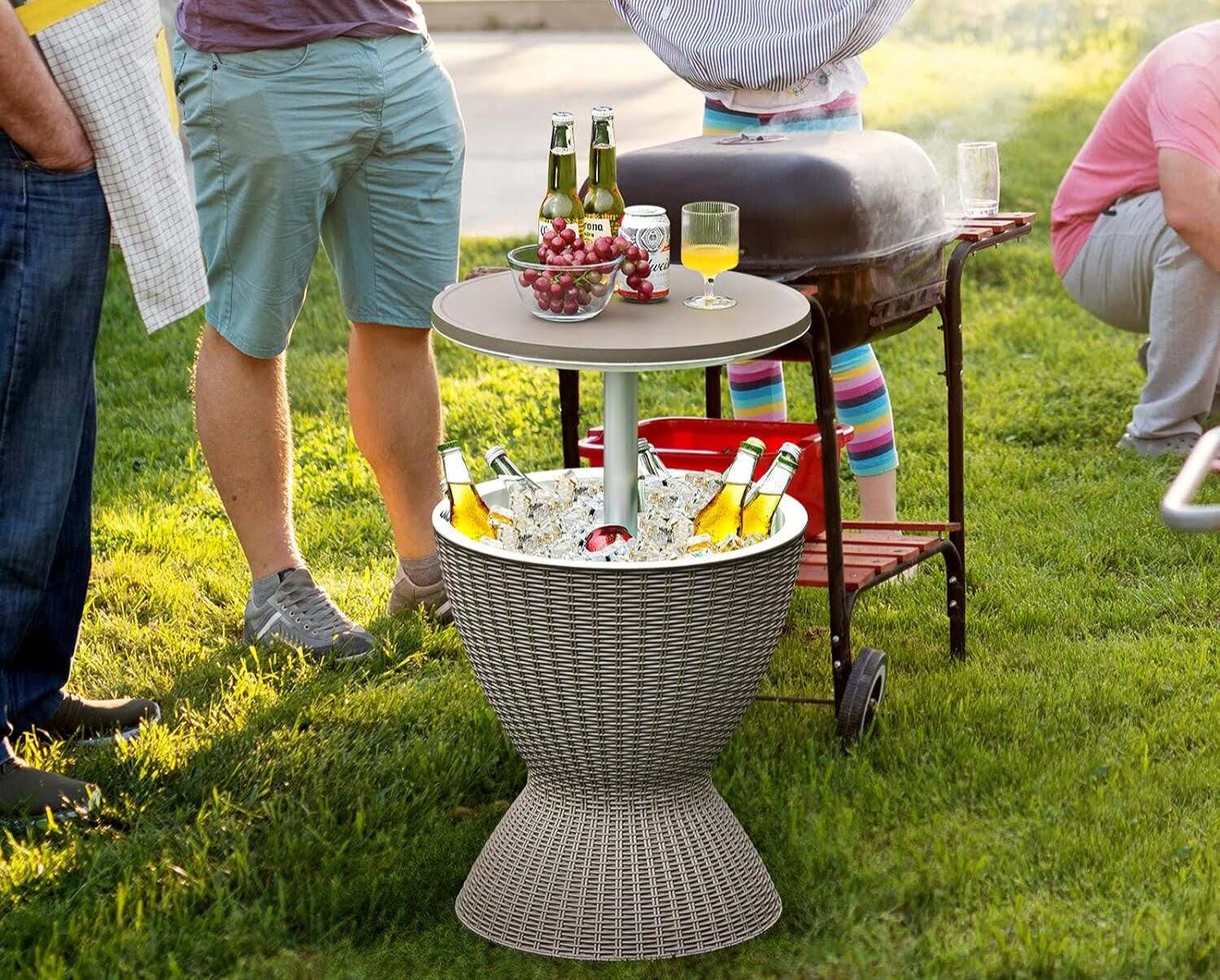
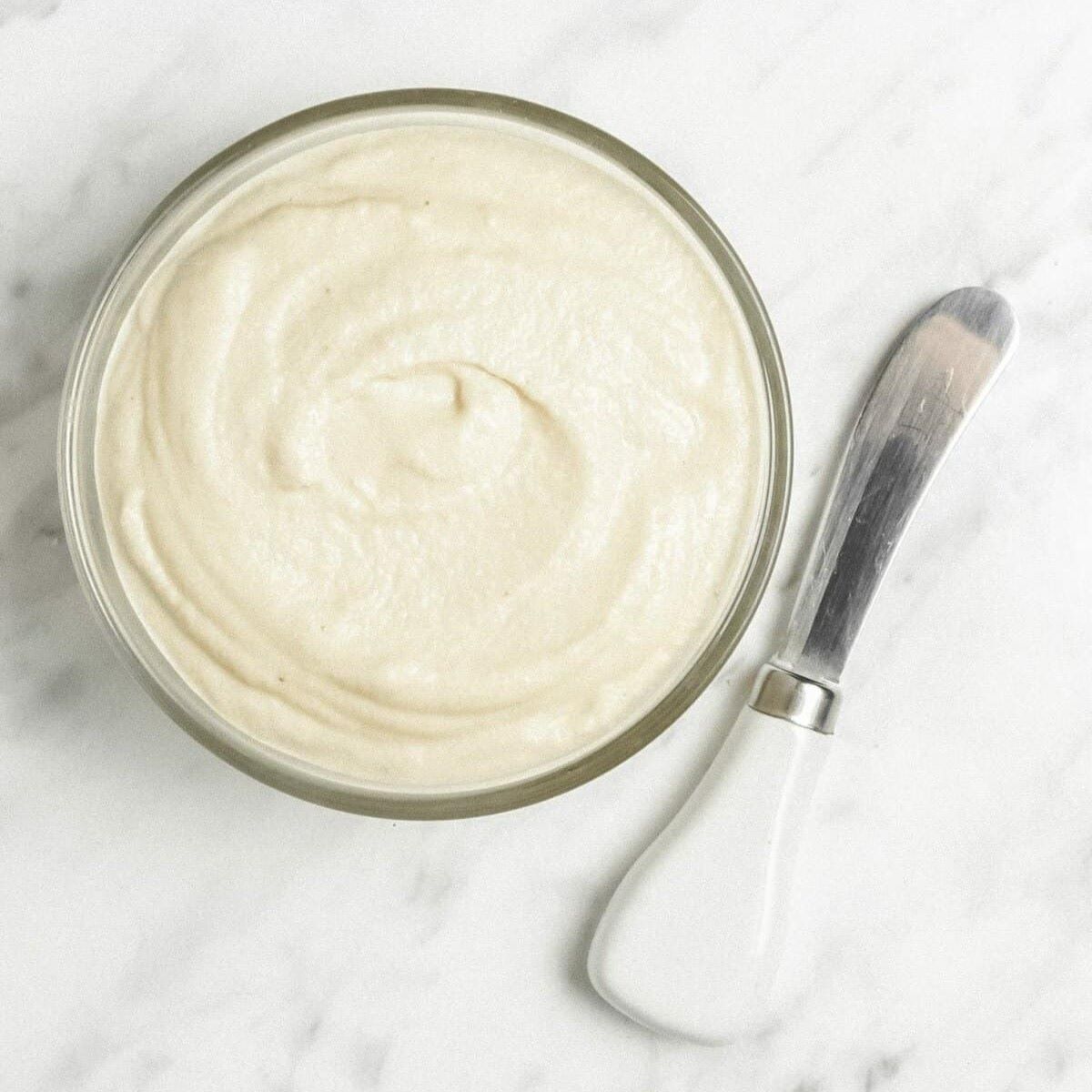
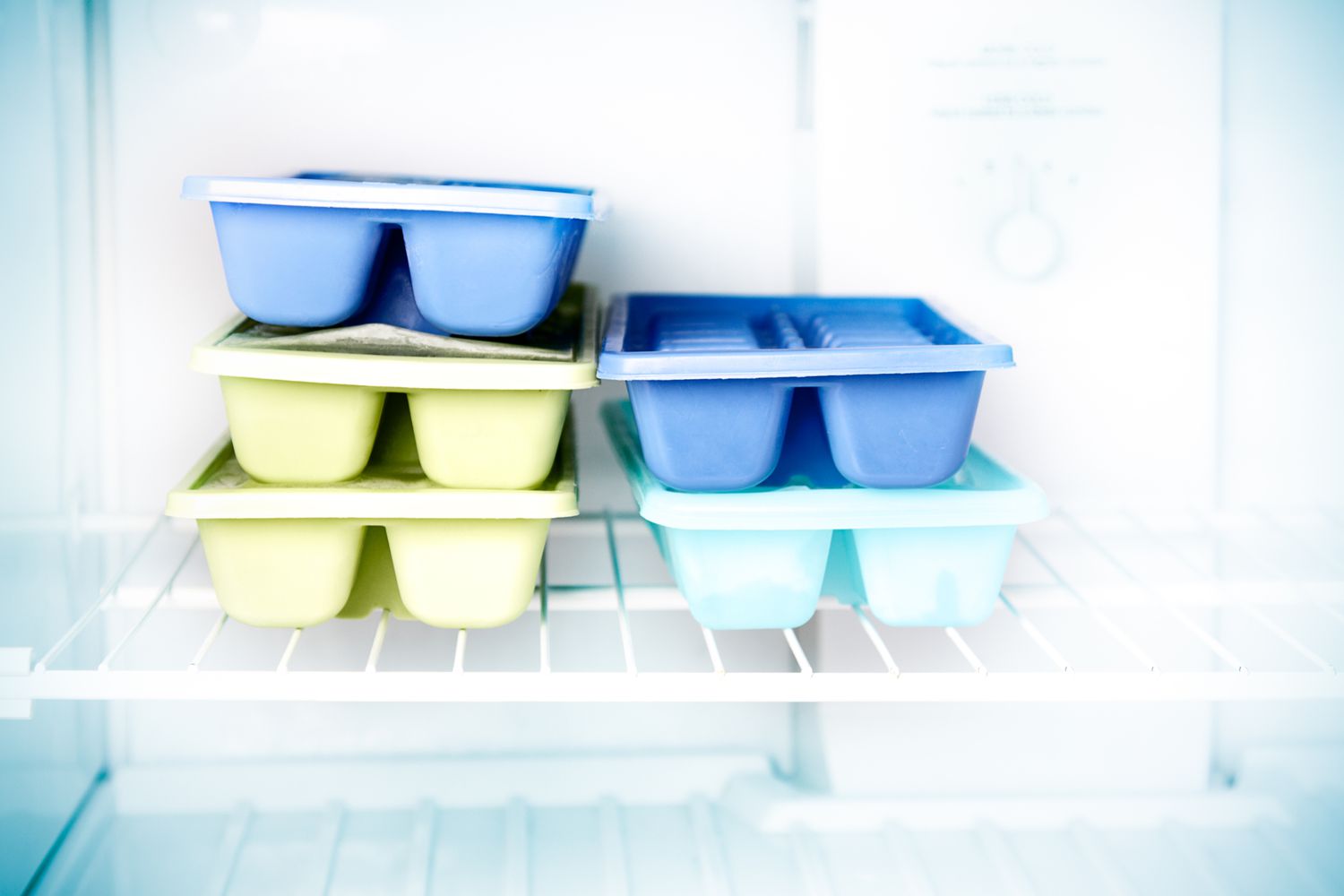
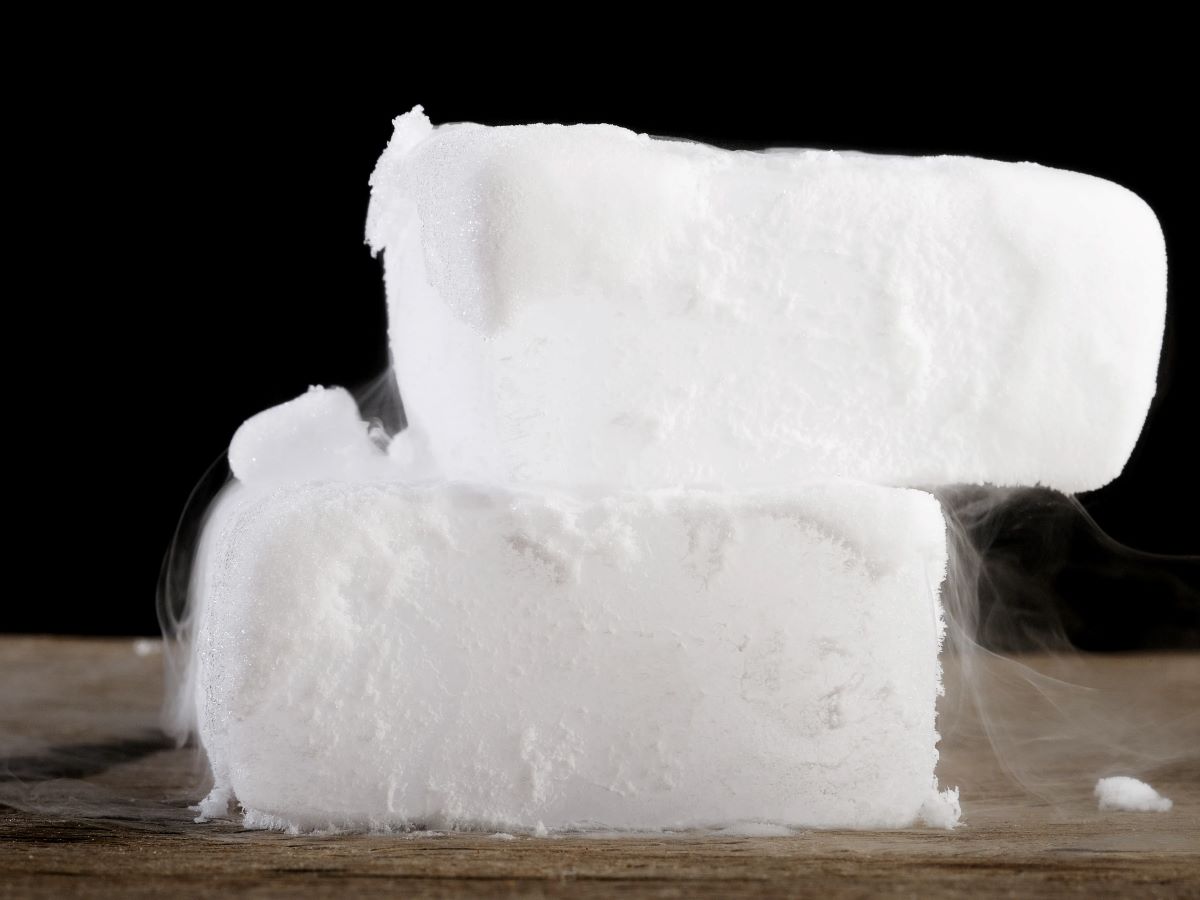


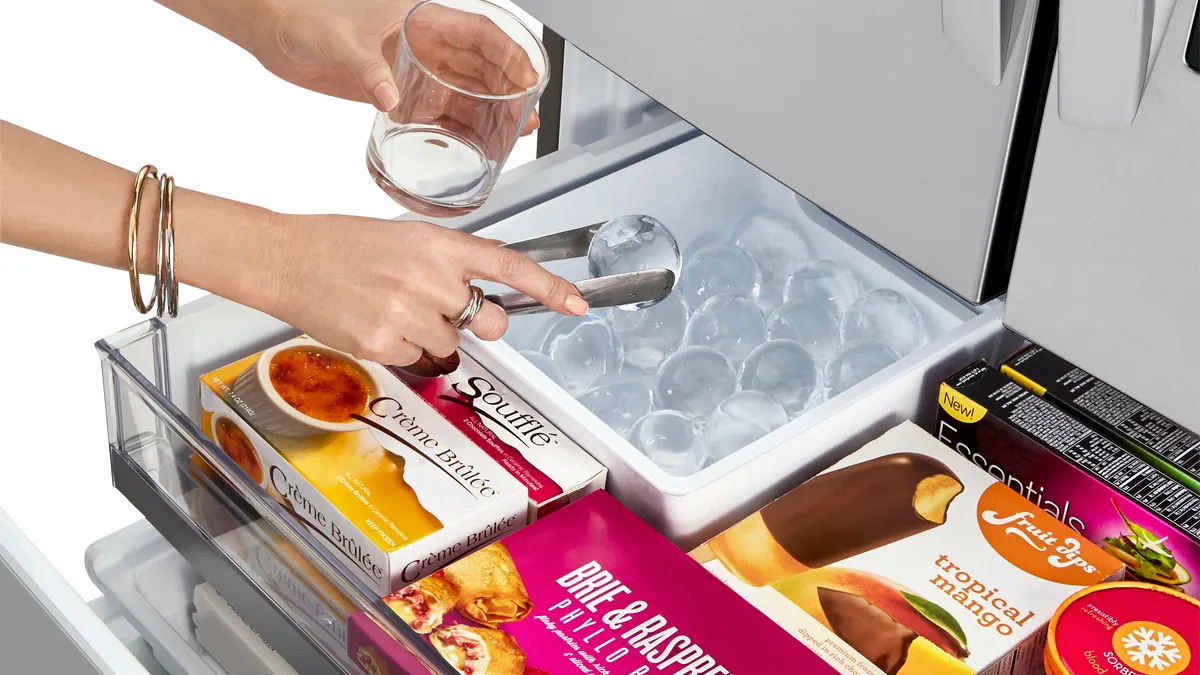

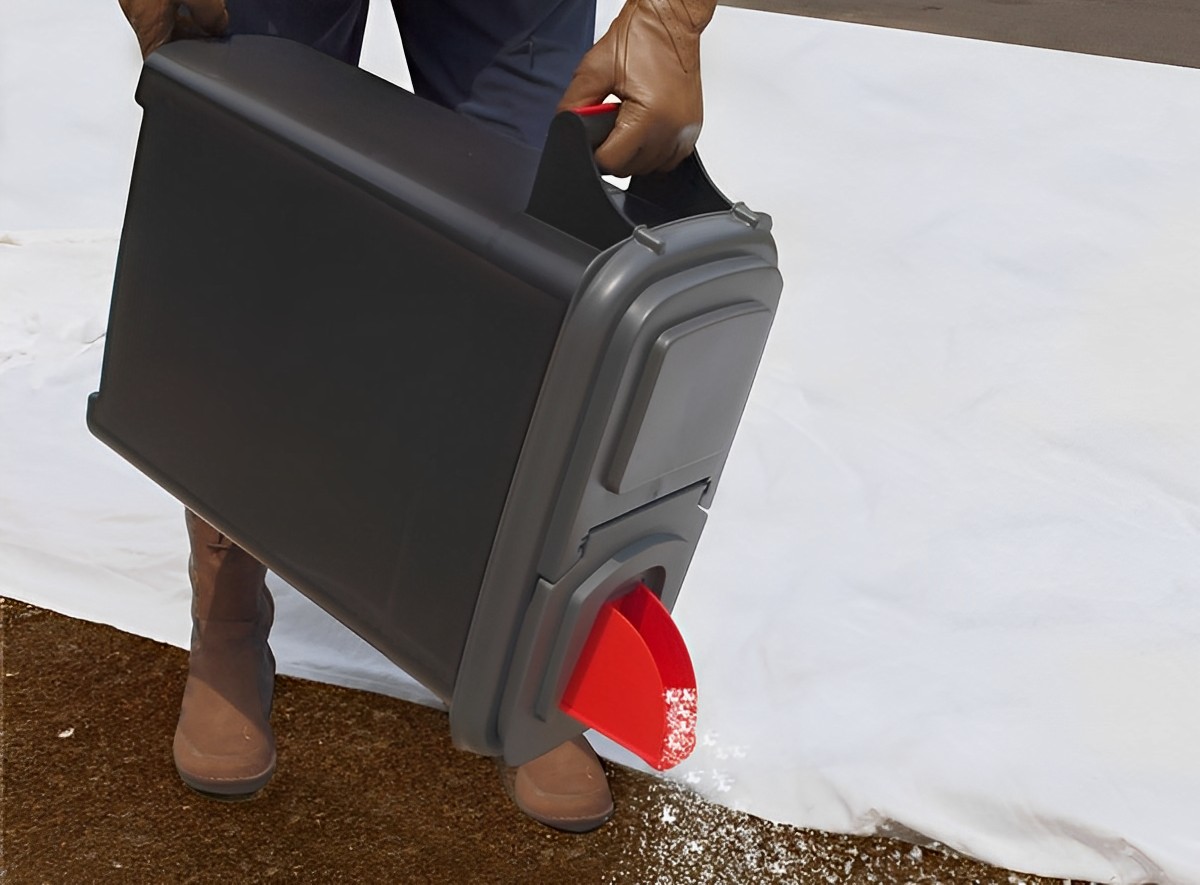
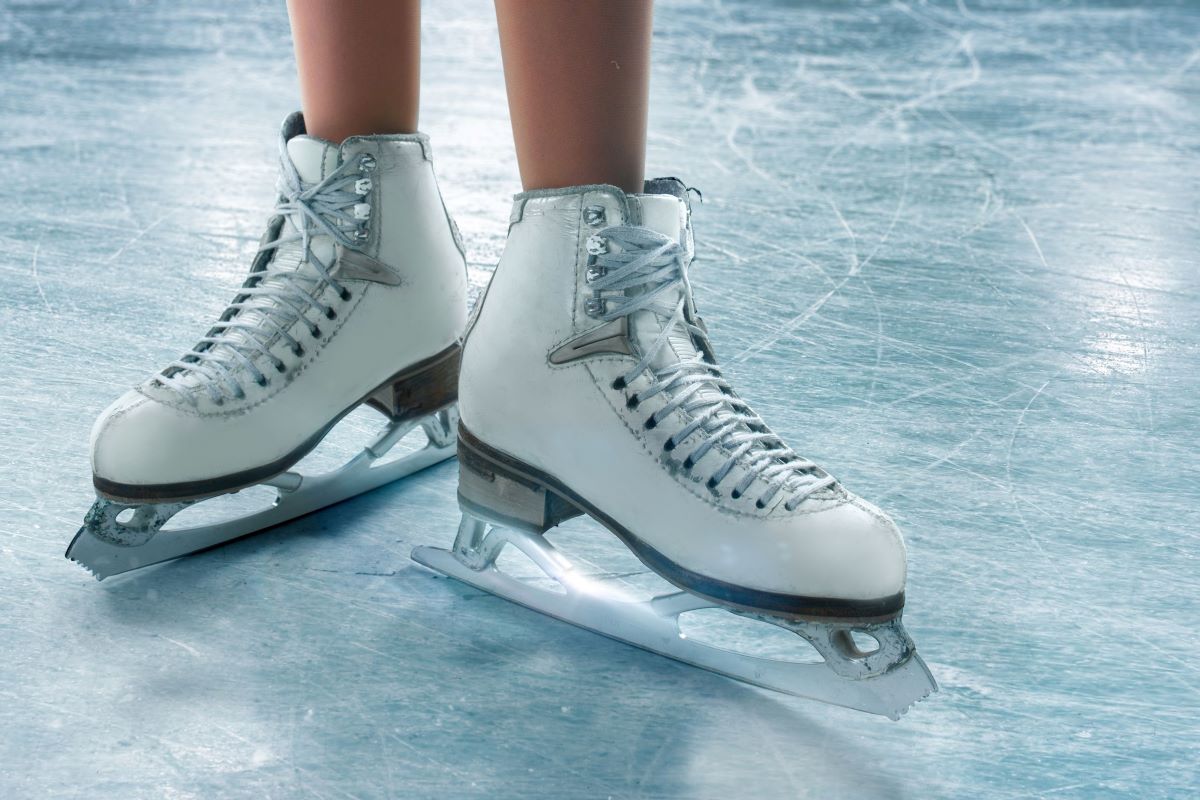

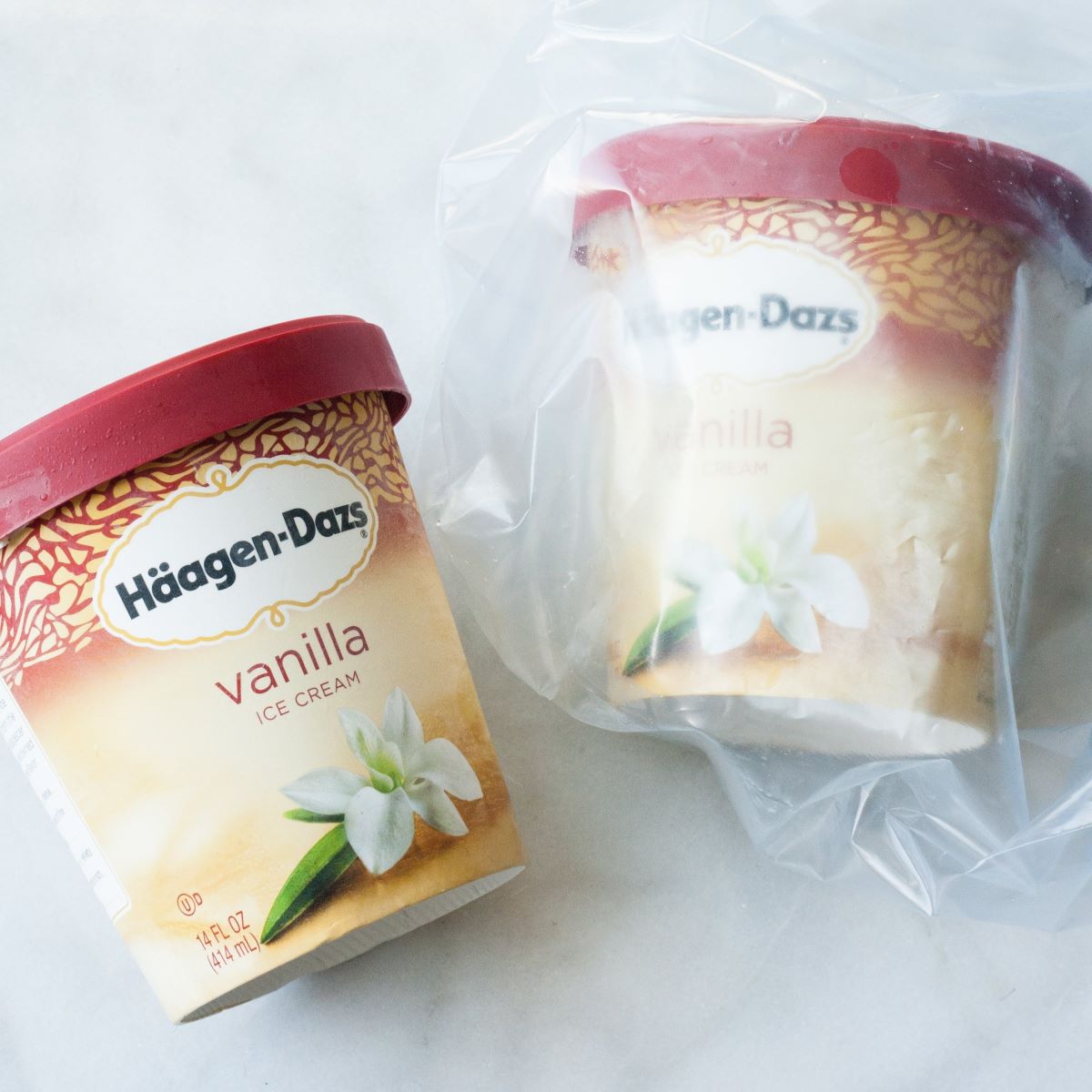

0 thoughts on “How To Store Ice”